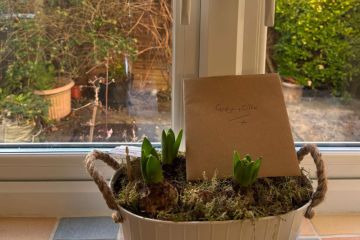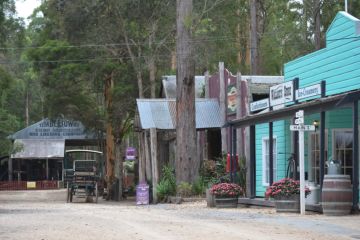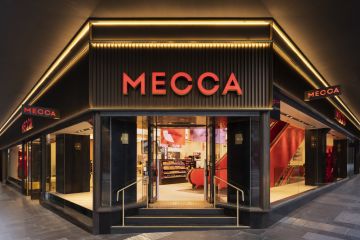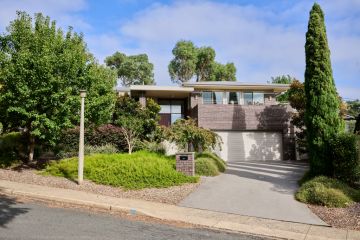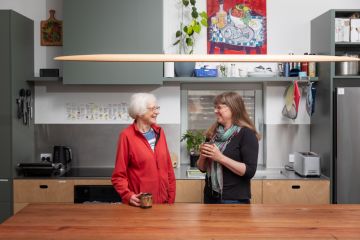Would you want to live next to a cemetery?
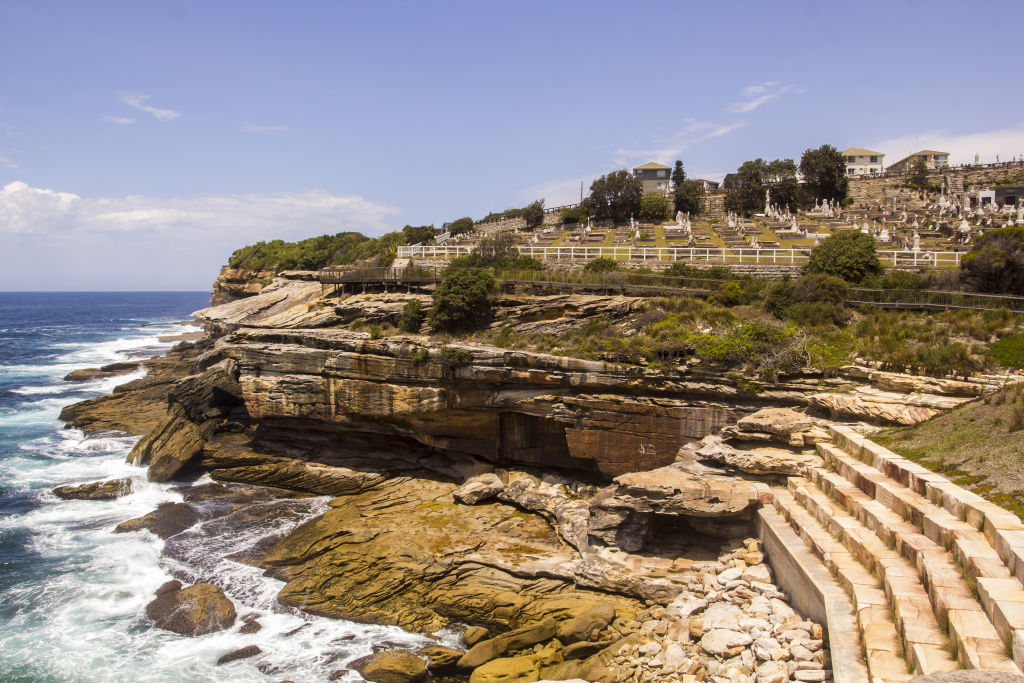
One of the few blessings of death is no longer having to worry about real estate. But for those left behind, it’s a bit of a headache.
Australia’s cemeteries are filling up. Population growth is accelerating the process while sending the price of land soaring, yet the search for the great Australian dream (and its eternal chapter) shows no sign of dying.
The result? People are burying their taboos and embracing the benefits of very quiet neighbours by living next to cemeteries.
Sharing a street with spectres of the past doesn’t necessitate doom and gloom, though. One of Australia’s more picturesque final resting places occupies some of Sydney’s prime clifftop real estate: Waverley Cemetery, the spectacular clifftop burial ground in Sydney’s Bronte.

“Twenty years ago, people didn’t want to be near it,” says Daniel Gillespie of Belle Property Bondi Junction. “Then they started figuring out that the streets surrounding it are the highest point with amazing views, and you have neighbours on only one side of the street. Now those houses go for a premium.”
Australia’s oldest cemeteries occupy large tracts of its most hallowed real estate. In inner-western Sydney, Rookwood is known as a “Necropolis suburb”, as it is comprised almost entirely of the eponymous 314-hectare cemetery. In Victoria, Melbourne General Cemetery boasts 43 hectares of prime Carlton North land. Brighton Cemetery locks up 12 hectares of Caulfield South, where the median house price is $1.712 million, while the 7.3-hectare St Kilda Cemetery is surrounded by some of the bayside suburb’s loveliest streets.
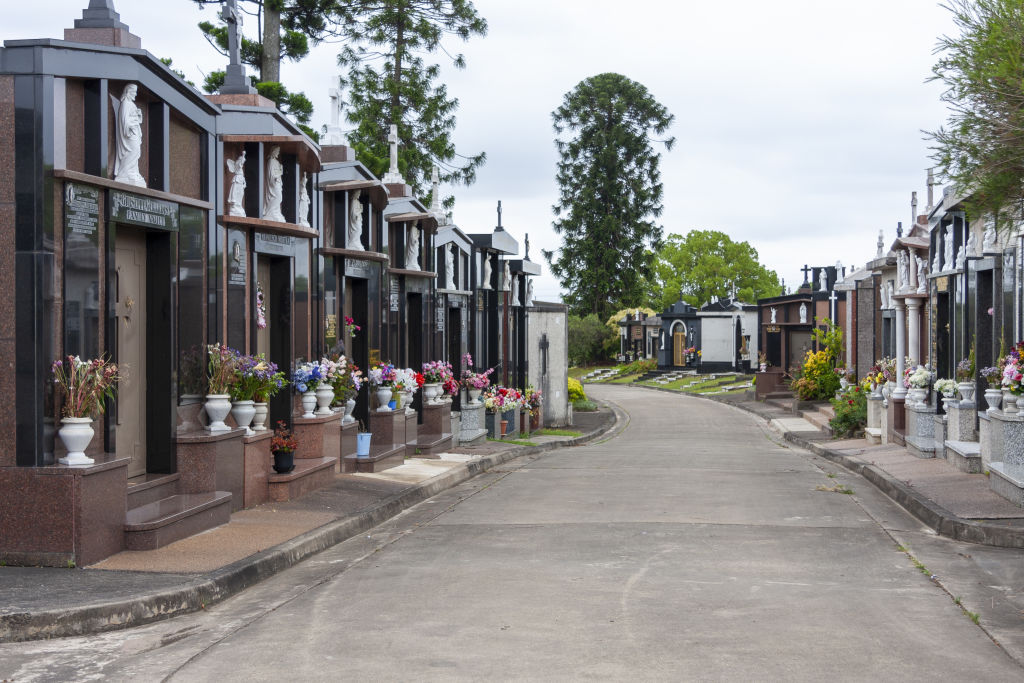
The prime locations are the historical legacy of communities burying their dead on their town’s outskirts, a practice driven by sanitation and cheaper land. And there’s no evicting these neighbours, even in death: Plots in Victoria come with perpetual tenure. It seems we just have to learn to live with each other.
“Cemeteries need large sections of land, so they get pushed further and further out, and then suburbs grow around them,” says Amy Muir, the director of MUIR Architecture and co-host of a panel taking place as part of Open House Melbourne’s Beyond the Grave memorialisation symposium, part of this year’s Melbourne Design Week. “It’s important to ensure they become useful spaces because they’re massive tracts of land. Now that the cost of land is so significant, there’s an economic model that comes into play in terms of how you can accommodate the practicality of cemetery with the significant question of sustainability. Doing it well also allows for more community coherence.”
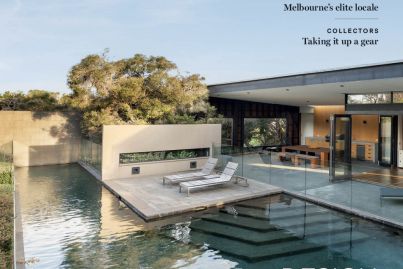

Plotting the future
The people of Melton in Melbourne’s fast-growing north-western corridor have had 52 years to get used to the idea of Harkness Memorial Park. The first sod was turned on May 7 ahead of its 2027 opening, but the land was allocated by the state government in 1972. Community consultation over the project has been a years-long process.
“Land for cemeteries is challenged, like any health infrastructure. It’s the natural expansion of the urban sprawl,” says Andrew Eriksen, chief executive of the Greater Metropolitan Cemeteries Trust. “The process of engagement to turn Harkness from a farm into a memorial park involved a lot of incredibly valuable community engagement.”
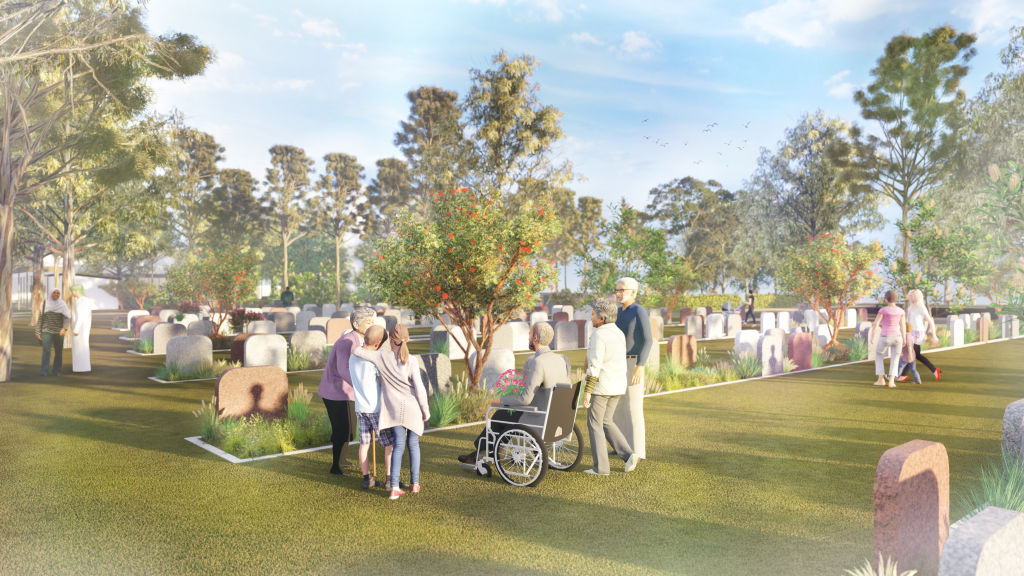
Three times the size of the MCG and sitting opposite new housing estates, Harkness will embody the cemetery’s dual modern role as a final resting place and civic space. The design balances the competing demands for personal reflection with community activation by situating an active “spine” at its centre, spilling out into quieter reflection areas. It’s a green wedge of land that will live forever.
“The concept that we’re leaving a legacy of creating something for others that we won’t live to see brings a lot of purpose to what we’re doing,” says Eriksen.
Joggers, dog walkers and picnickers are a common sight at Springvale Botanical Cemetery. The suburb is an epicentre for Melbourne’s Vietnamese and Chinese population, but Ricky Nguyen of iSell Group says superstition and feng shui principles are becoming less of a concern for younger generations. “These days I think if someone has shown interest in a property near the cemetery but expresses concerns over the location, they’re just trying it on as a negotiation tactic,” he says.
Fancy trying before buying next to a cemetery? Nichole Miscuso is well placed to observe people’s attitudes towards cemetery-adjacent living. The grounds of her beautifully restored 1889 church – an Airbnb holiday rental in the NSW town of Kurrajong Heights – contain five graves, occupied by 19 people dating from colonial days to the 1950s. The listing points out the graves after a guest took exception to the unexpected encounter. “We had one woman come to stay who was a bit freaked out,” she says. “But some people really love the sense of history.”
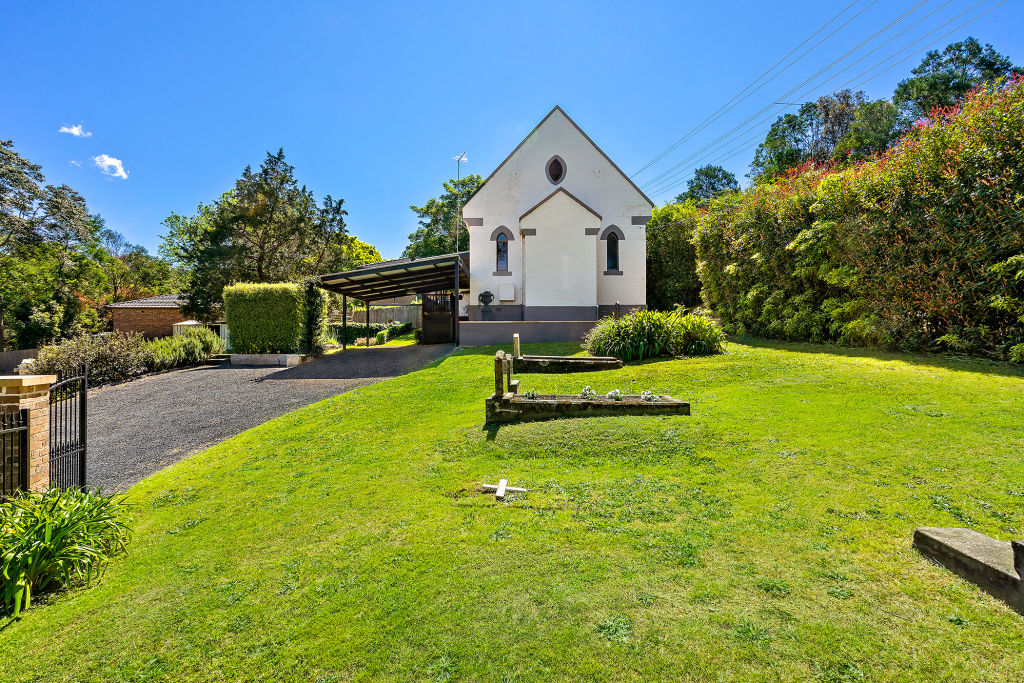
We recommend
We thought you might like
States
Capital Cities
Capital Cities - Rentals
Popular Areas
Allhomes
More
- © 2025, CoStar Group Inc.
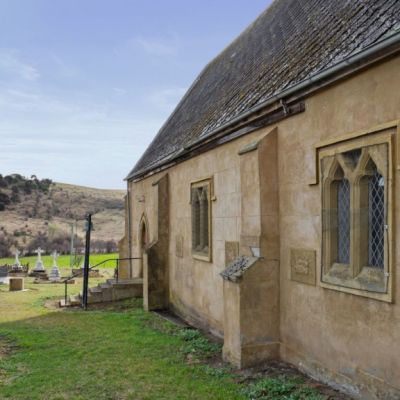
/http%3A%2F%2Fprod.static9.net.au%2Ffs%2F990ecfa3-d408-45ba-80d4-39c31b6b7d2f)
/http%3A%2F%2Fprod.static9.net.au%2Ffs%2Fd4c2b130-573e-4e04-8282-4aa7a100c965)

